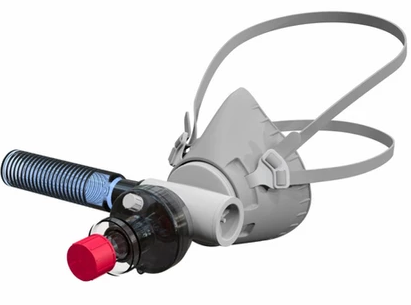COVID-19 – Real-time patient status reduces crowd contagion
Mexico City, Mexico – August 19, 2020 – Mexico has become the country with the third highest coronavirus death toll, with only the US and Brazil recording greater numbers. As of this date it has suffered at least 57,774 deaths during the pandemic, with a total of 531,239 infections.
Given the magnitude of the tragedy, hospital lobbies are unable to cope with friends and families seeking news about their loved ones. Not only is it a problem of space and organization, but it is also a problem of further contagion.
We were able to reassure health authorities that Genero development would be ten times faster than rival technologies.
David Salazar
VP Latin America
Four Js Development Tools
Real-time patient status
Four Js’ close relationship with Mexican health services through its more than twenty-year relationship with the Institute of Social Security Services for Civil Servants (ISSSTE) gave it the legitimacy to propose a solution. Its intimate system knowledge meant that it could develop a mobile application to alleviate congestion in hospital lobbies quickly. The application would publish patient status in real-time over the Internet.
Resistance
But the decision to go with Genero was not ISSSTE’s first reflex. The IT team had resisted the idea of such a project as they had been advised it was a two to three months development effort with tools such as Java.
Five days
That’s when Four Js stepped in to reassure ISSSTE’s CIO of a rapid delivery. Given the national urgency, the go-ahead was quickly approved to develop the app in Genero. Development took just two days with a further three days of testing. Such are the ‘Low-Code’ benefits of Genero. The application is deployed on iOS and Android.
Workflow
When a patient is admitted to the hospital, a unique identifier is assigned with a secure QR code. Authorized friends and family then download the app to read the latest status, which is updated in real-time by hospital staff.
The app also provides directions on where the patient is being treated via a Google Maps API. That location is updated in the event of a transfer to another hospital for specialized treatment.
Scanning the QR code with a mobile device allows friends and family to see the updates immediately. This scan processes JSON data through a RESTful API using bearer token authorization. Security was a major design issue – publishing such sensitive medical information requires care and skill.
Chatbot
ISSSTE management requested a chatbot to help with the diagnosis of potential virus infections. The chatbot is seamlessly integrated with the app.
Development cycle
- QR component: 4 hours
- Google Maps component: 4 hours
- Business rules: 3 hours
- Web Service consumer: 3 hours
- SaaS component: 1 hour
- Application and security tests: 6 hours (spread over 3 days)



